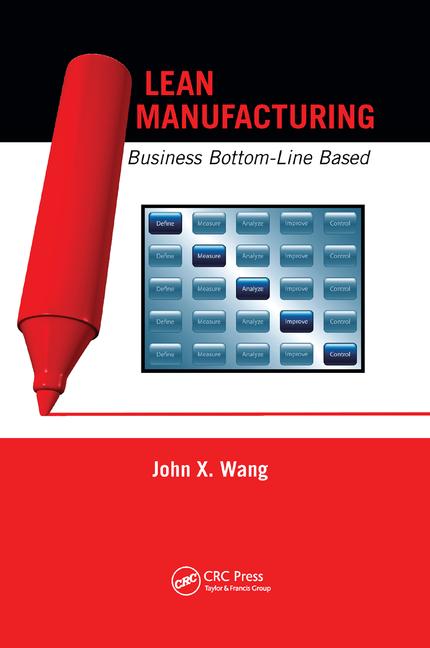Most people hate getting a shot. They quiver at the mere sight of a needle. But, if researchers at Georgia Institute of Technology (Georgia Tech, Atlanta) have their way, that may soon be a thing of the past.
Engineers have developed a series of microneedle arrays for delivering drugs and vaccines through the skin without causing pain. Hollow and solid microneedles, in a variety of sizes and shapes, have been created from metals, biodegradable polymers, silicon and glass. The micron-scale needles deliver proteins, nanoparticles, and both small and large molecules through the skin.
"We've opened up the potential use of microneedles for delivering a broad range of therapeutics," says Mark Prausnitz, a professor in Georgia Tech's School of Chemical and Biomolecular Engineering and principal investigator for the project. "Fabricating both hollow and solid microneedles in a variety of shapes, sizes and materials allows us to deliver large molecules with significant therapeutic interest, such as insulin, proteins produced by the biotechnology industry, and nanoparticles that could encapsulate a drug or demonstrate the ability to deliver a virus for vaccinations."
Georgia Tech's development of microneedles began in the late 1990s with microfabrication of solid needles made from silicon, using microlithography and etching technologies originally developed for the microelectronics industry. The researchers produced arrays of up to 400 needles designed to punch holes in the outer layer of skin to increase its permeability to small molecules applied with patches.
That work has expanded to include both solid and hollow microneedles in a broad range of shapes with feature sizes from 1 to 1,000 microns. Prausnitz and his colleagues have fabricated microneedle arrays from metal and polymer materials that have sufficient strength to reliably penetrate the skin without breakage.
The researchers claim they have developed manufacturing processes that are suitable for the mass-production of microneedles from inexpensive metal and polymer materials. "By making molds of silicon needles, for instance, [we] have produced arrays of identical metal or polymer microneedles using a modified form of injection molding that can readily be adapted to mass production," claims Prausnitz.
Molds were also made without creating silicon needles to use as masters. Metal microneedles were produced through electrodeposition onto laser-drilled polymer molds, while glass microneedle masters were fabricated using conventional drawn-glass micropipette techniques.
"The broad range of sizes, shapes and materials will permit production of microneedle arrays customized for the type and volume of drug to be delivered, the time period of use, and most importantly, minimizing pain," says Prausnitz.
"There are trade-offs between getting needles to go into the skin easily, getting drugs to deliver easily and making needles that don't hurt," Prausnitz points out. "Not every application will need a different needle, but there will probably be classes of applications that will benefit from different needle designs."
Among the potential applications:
• Arrays of hollow needles could be used to continuously carry drugs into the body using simple diffusion or a pump system.
• Hollow microneedles could be used to remove fluid from the body for analysis, such as blood glucose measurements, and to then supply microliter volumes of insulin or other drugs as required.
• Microneedle arrays could provide highly targeted drug administration to individual cells.
According to Prausnitz, microneedles would be less painful than conventional hypodermic needles, because they are too small to significantly stimulate nerve endings. Small-scale studies have confirmed that expectation, and additional pain studies are planned.
Before microneedles find widespread use, Prausnitz says he and his colleagues "must perfect techniques for optimally inserting them into the skin, and complete the integration of microneedles into a full drug delivery system. The need to minimize variability in needle insertion is being addressed in part by development of an applicator device that would be part of the delivery system."
Several medical device manufacturers have expressed an interest in the microneedle concept. For instance, BioValve Technologies Inc. (Worcester, MA) has licensed the technology. It is marketing a product called Micro-Trans for applications such as fluid sensing of glucose, hormones, blood gases and therapeutic drug levels.
"There is an aggressive movement toward bringing microneedles to the market," claims Prausnitz. "We've shown that microneedles can serve as a hybrid drug delivery system, combining the advantages of conventional needles-which deliver drugs easily-with transdermal patches that are more patient-friendly. I expect that within the next 5 years, a microneedle device will become available for clinical use."


